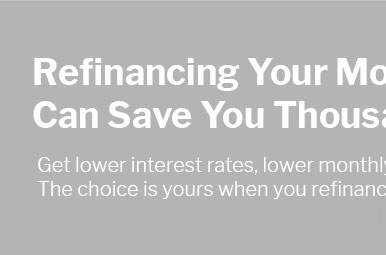 |
 |
 |
 |
 |
|---|
 |
 |
|
|---|---|---|
 |
 |
|
 |
 |
|
 |
 |
|
 |
 |
 |
 |
 |
 |
|
Unlock the door to financial freedom with our unbeatable 15-year refinance mortgage rates, designed to slash your interest payments and accelerate your path to homeownership; imagine saving thousands while owning your home outright in half the time, all with the confidence and ease you deserve-our expert team is ready to guide you through a seamless refinancing process that aligns perfectly with your financial goals, so why wait to transform your mortgage and secure your future today?
https://www.forbes.com/advisor/mortgages/refinance/15-year-mortgage-refinance-rates/
The average rate for a 15-year refinance is 6.07%, as of December 2022. Keep in mind that you'll generally need good to excellent credit, stable income and a ... https://smartasset.com/mortgage/15-yr-fixed-mortgage-rates
A homebuyer who qualifies for a 15-year fixed-rate mortgage makes fixed payments over the course of 180 months, instead of 360 months with a 30-year fixed-rate ... https://www.citizensbank.com/loans/mortgage-refinance.aspx
15-Year Fixed Rate ; Rate: 5.875% ; APR: 5.993% ; Points: .25 ; Estimated Monthly Payment: $2,511.36.
|
|---|